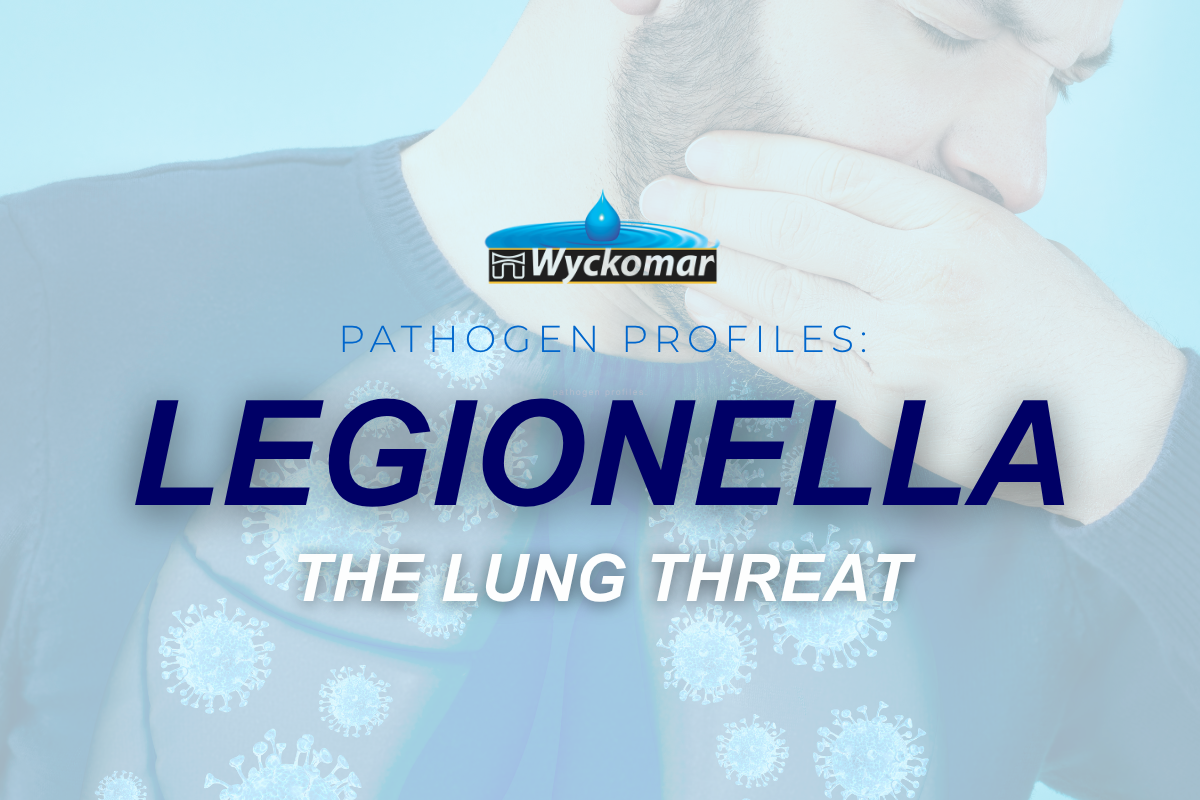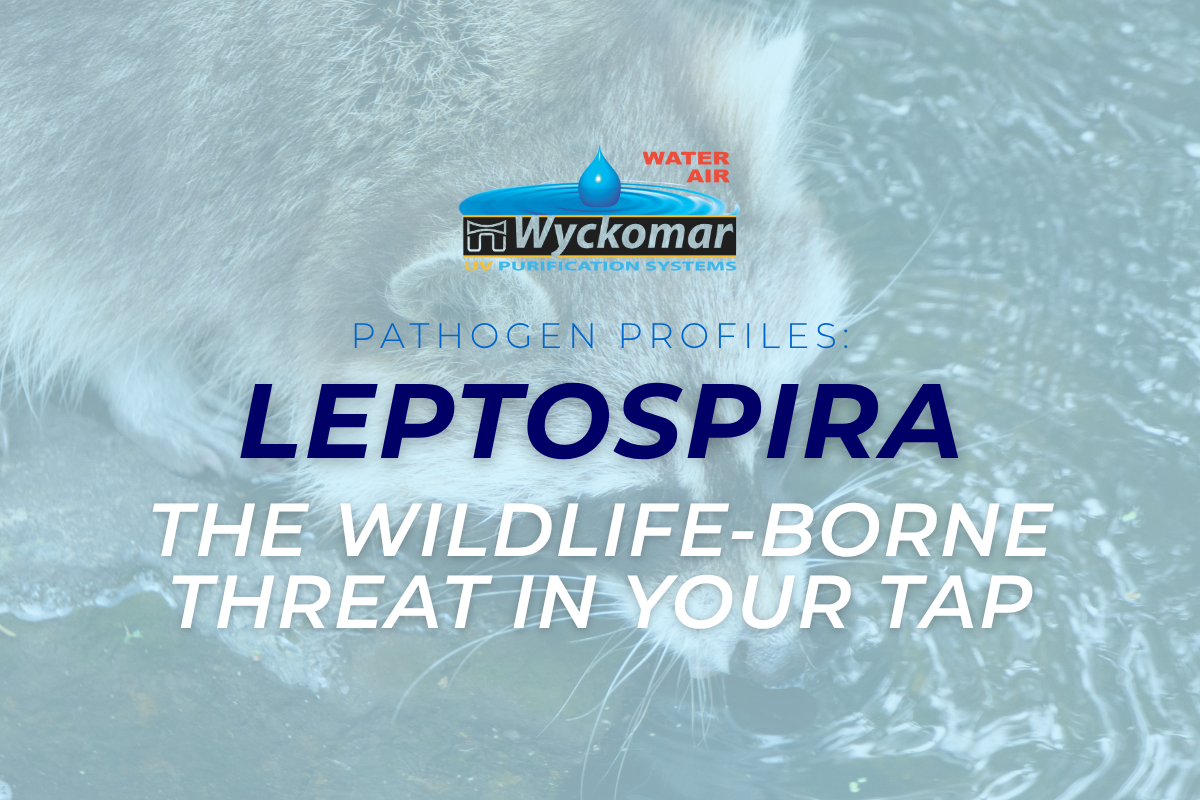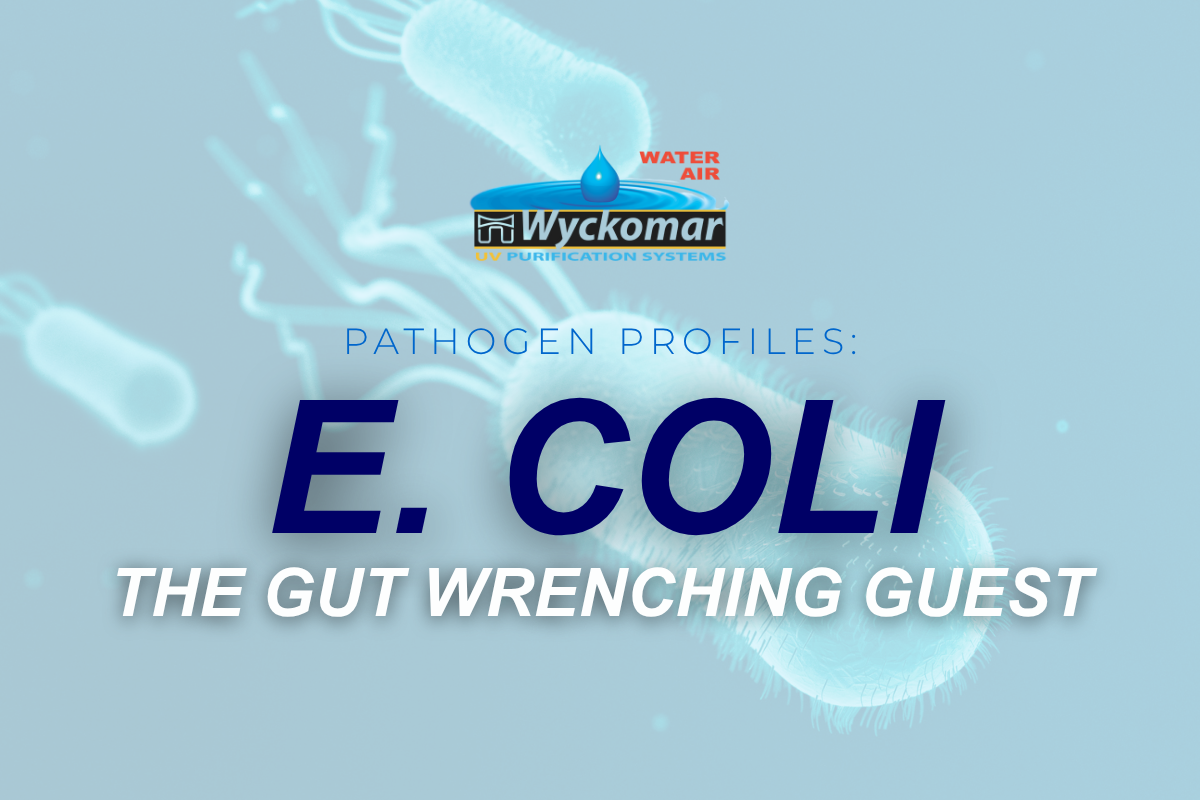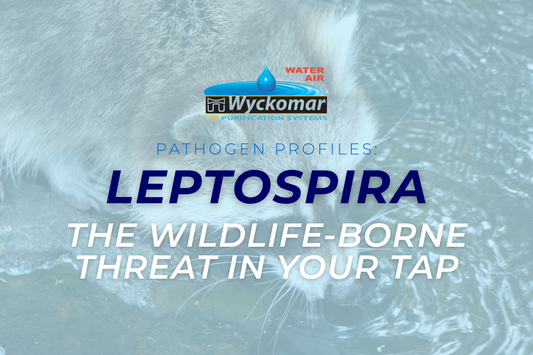Water is composed of two hydrogen atoms and one oxygen atom, making the chemical symbol H2O.
Apart from the basic hydrology, water can also contain other physical, chemical, biological, or radiological substance or matter. These are called contaminants, but despite the word having a more negative implication, there are are also healthy substances in water, so we must define them regarding harmful vs. harmless.

General categories of drinking water contaminants
Water can have soluble and insoluble substances other than the molecule H2O. All insoluble substances are solid while soluble substances are dissolved.
(Review of Physical and Biological Contaminants)
Insoluble
Insoluble physical contaminants are suspended solids like sediment or particulate matter and are visible in the water. They are measured in NTU (Nephelometric Turbidity Unit) because they affect the turbidity and clarity of the water. Water with high NTU values looks unpleasant, water that has low levels of NTU (below 1) looks crystal clear.
Soluble
These substances can be inorganic or organic, they can be ionised (electrically charged) or non-ionised. They are present in the water in form of ions or molecules of various sizes. They are measured in ppm (parts per million) or mg/l (milligram per litre) and the comprehensive value of all soluble substances is the TDS (Total Dissolved Solids). Ref
Organic contaminants
are pollutants and pesticides in the water that result from natural decay of plants (tannins) and soil erosion, from traces of industrial processes or from runoff (eg. nitrite, nitrate, potassium, glyphosates). They are soluble, measured in ppm (parts per million) and are visible as colourisation only in high concentration. Organic substances in the water can be harmless yet aesthetically unpleasant (tannins) or harmful (eg. solvents, pharmaceuticals). Ref
When you boil and evaporate water, you are being left with the contaminants, which are now a dry residual, of the dehydrated soluble substances. Sea water has a sizeably quantity of dry residual, it can be 35g to 40g per litre of sea water. River or lake water on the other hand has a residual of 50 to 500 ppm or mg/l.
The dry residual are the Total Dissolved Solids (TDS) and are measured in ppm (parts per million) So, in terms of these numbers, sea water has a TDS of 3500 ppm and lake water has a TDS of approx. 500 ppm.
Biological contaminants
Biological contaminants are organisms like microbes, bacteria, protozoa, viruses, parasites(Paramecium, E. coli, Coliform, Hepatitis, V. cholerae, Giardia, Cryptosporidium, Legionella, Nematode and many more9).
Radiological contaminants
Radiological contaminants are elements with an unbalanced number of neutrons and protons and can emit ionizing radiation, like cesium, plutonium, uranium.








